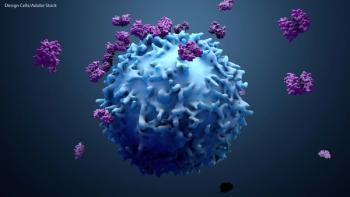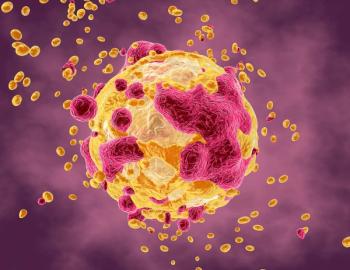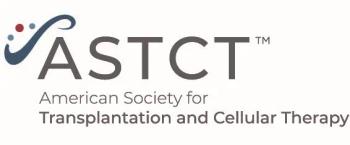
Oncology NEWS International
- Oncology NEWS International Vol 7 No 8
- Volume 7
- Issue 8
FDG-PET Predicts Response to Chemo in NHL
TORONTO--Intensive chemotherapy can cure patients with high-grade non-Hodgkin’s lymphoma (NHL), but many patients fail to enter complete remission or relapse after a complete response.
TORONTO--Intensive chemotherapy can cure patients with high-grade non-Hodgkins lymphoma (NHL), but many patients fail to enter complete remission or relapse after a complete response.
A study presented at the 45th annual meeting of the Society of Nuclear Medicine shows that use of whole-body fluorine-18-fluorodeoxyglucose positron emission tomography (FDG-PET) after two chemotherapy cycles may help to predict which patients will achieve a complete response and which patients will respond poorly to chemotherapy and might benefit from alternative treatment modalities.
"Patients with early response to chemotherapy (indicated by a normal FDG-PET scan after two or three cycles) have a high probability of progression-free survival," said Pierre Rigo, MD, professor of nuclear medicine, University Hospital, Liège, Belgium.
In this study, from the Divisions of Hematology and Nuclear Medicine, 20 patients with confirmed non-Hodgkins lymphoma were imaged with FDG-PET before treatment and again after two to three cycles of chemotherapy. The absence or presence of abnormal radiotracer (FDG) uptake was correlated to clinical outcome.
FDG-PET imaging after two to three chemotherapy cycles showed that seven patients still had increased FDG uptake in one or more of the tumor sites active at diagnosis.
Of these seven patients, four did not achieve a complete response after completion of chemotherapy and eventually had disease progression. Two patients who did enter complete remission relapsed at 12 and 20 months, respectively; and one patient remains in complete remission at 30 months. Five of these patients have died.
The remaining 13 patients all had negative FDG-PET results after two to three cycles of chemotherapy (Figure 1), and all entered into complete response. Of these, 11 remain in complete response at up to 36 months after their cancer diagnosis, and two have relapsed at 6 and 14 months, respectively, and have died of thier lymphoma.
Lower CR Rate With Positive PET
The probability of achieving a complete response was lower in patients with a positive FDG-PET scan (43% vs 100% for those with negative PET scans), Dr. Rigo said. Overall survival and progression-free survival were also significantly different between the two groups (Figure 2).
"Patients with positive PET scans after chemotherapy is initiated need more frequent monitoring and probably additional treatment," Dr. Rigo said. "However, more experience and confirmation of these results are needed before we recommend any change in patient management based on FDG-PET during chemotherapy."
If PET is not available, he said, monitoring of chemotherapy in patients with non-Hodgkins lymphoma could be undertaken with FDG and positron coincidence-detection systems. Such systems use dual-head scintillation cameras to perform both conventional nuclear medicine imaging (such as SPECT) and PET.
"We conclude that FDG-PET after 2 to 3 chemotherapy cycles for high-grade NHL is predictive of outcome," he said.
Articles in this issue
about 27 years ago
Taxol, Gemzar, Other Therapies Studied in Metastatic Bladder Cancerabout 27 years ago
Medicare+Choice Opens Certificationabout 27 years ago
Consumer Advocates Win a Voice in NCI Programsabout 27 years ago
Paclitaxel Shows Antiangiogenesis Effects in Mouse Modelabout 27 years ago
Henney Nominated for FDA Commissionerabout 27 years ago
FDA Approves ImageChecker Computer Systemabout 27 years ago
Pittsburgh Seeks Breast Cancer Patients for Study on Copingabout 27 years ago
Octreotide Imaging Improves Staging of Hodgkin’s Diseaseabout 27 years ago
Tobacco Contributions Are Linked to Votes Against Tobacco Billabout 27 years ago
Kaposi’s Sarcoma, Cervical Dysplasia Both Improve With Anti-HIV TherapyNewsletter
Stay up to date on recent advances in the multidisciplinary approach to cancer.



















































































